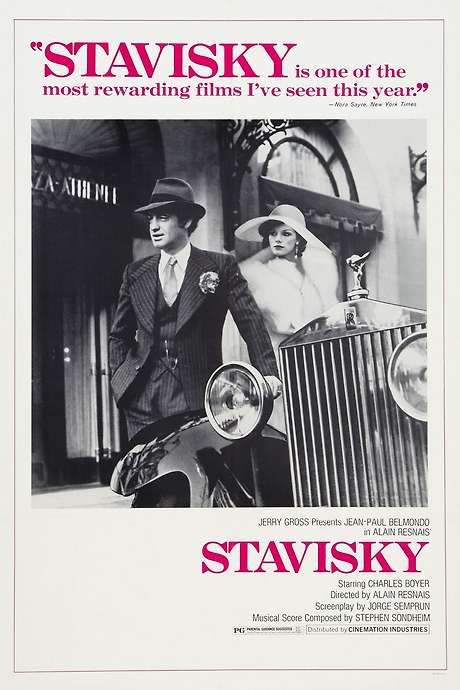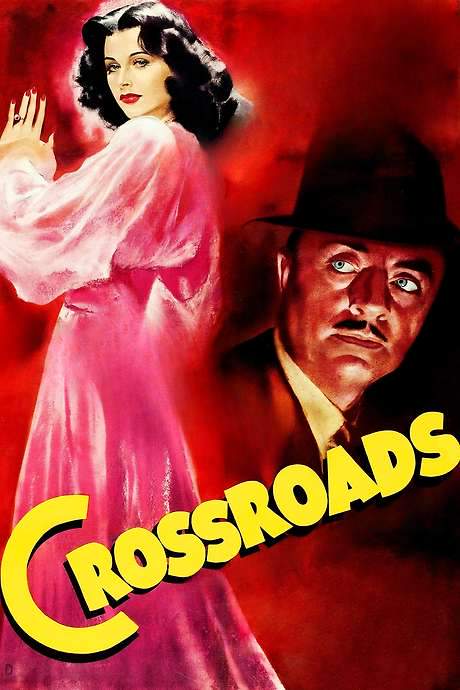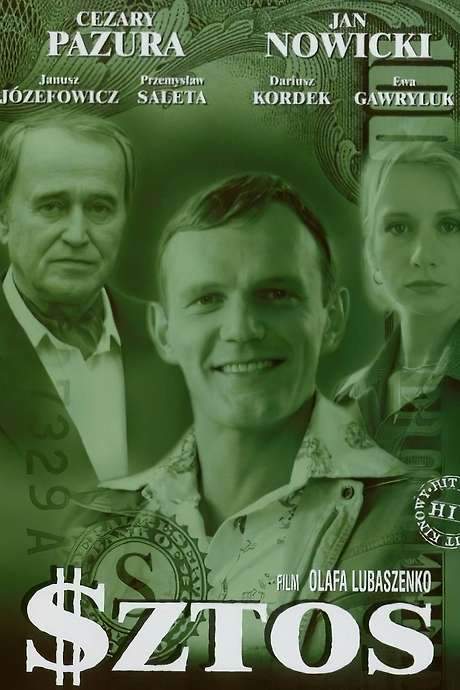
Stavisky…
Year: 1974
Runtime: 120 mins
Language: French
Director: Alain Resnais
Biarritz, 1933. With charm and talent, small‑time swindler Serge Alexandre—known as Stavisky—manipulates bribes to infiltrate the heart of French political power. When his massive fraud involving millions is uncovered, his actions destabilize the government, pushing the nation to the edge of collapse and a looming civil war.
Warning: spoilers below!
Haven’t seen Stavisky… yet? This summary contains major spoilers. Bookmark the page, watch the movie, and come back for the full breakdown. If you're ready, scroll on and relive the story!
Timeline – Stavisky… (1974)
Trace every key event in Stavisky… (1974) with our detailed, chronological timeline. Perfect for unpacking nonlinear stories, spotting hidden connections, and understanding how each scene builds toward the film’s climax. Whether you're revisiting or decoding for the first time, this timeline gives you the full picture.
Last Updated: October 09, 2025 at 09:32
Unlock the Full Story of Stavisky…
Don't stop at just watching — explore Stavisky… in full detail. From the complete plot summary and scene-by-scene timeline to character breakdowns, thematic analysis, and a deep dive into the ending — every page helps you truly understand what Stavisky… is all about. Plus, discover what's next after the movie.
Stavisky… Summary
Read a complete plot summary of Stavisky…, including all key story points, character arcs, and turning points. This in-depth recap is ideal for understanding the narrative structure or reviewing what happened in the movie.

Similar Movies to Stavisky…
Discover movies like Stavisky… that share similar genres, themes, and storytelling elements. Whether you’re drawn to the atmosphere, character arcs, or plot structure, these curated recommendations will help you explore more films you’ll love.
Explore More About Movie Stavisky…
Stavisky… (1974) Plot Summary & Movie Recap
Stavisky… (1974) Scene-by-Scene Movie Timeline
Stavisky… (1974) Spoiler-Free Summary & Key Flow
Movies Like Stavisky… – Similar Titles You’ll Enjoy
Va Savoir (Who Knows?) (2001) Movie Recap & Themes
The Stolen Caravaggio (2018) Story Summary & Characters
Dr. Petiot (1990) Full Movie Breakdown
The Great Riviera Bank Robbery (1980) Ending Explained & Film Insights
Stamboul Quest (1934) Detailed Story Recap
The Thief of Paris (1967) Story Summary & Characters
Crossroads (1942) Full Summary & Key Details
A Scandal in Paris (1946) Plot Summary & Ending Explained
Criminal Affair (1968) Full Summary & Key Details
Sztos (1997) Ending Explained & Film Insights
The Swindle (1997) Film Overview & Timeline
Uncertain Glory (1944) Full Movie Breakdown
Beg, Borrow or Steal (1937) Movie Recap & Themes
The Story of a Cheat (1936) Plot Summary & Ending Explained
Stain on the Snow (1953) Story Summary & Characters

















